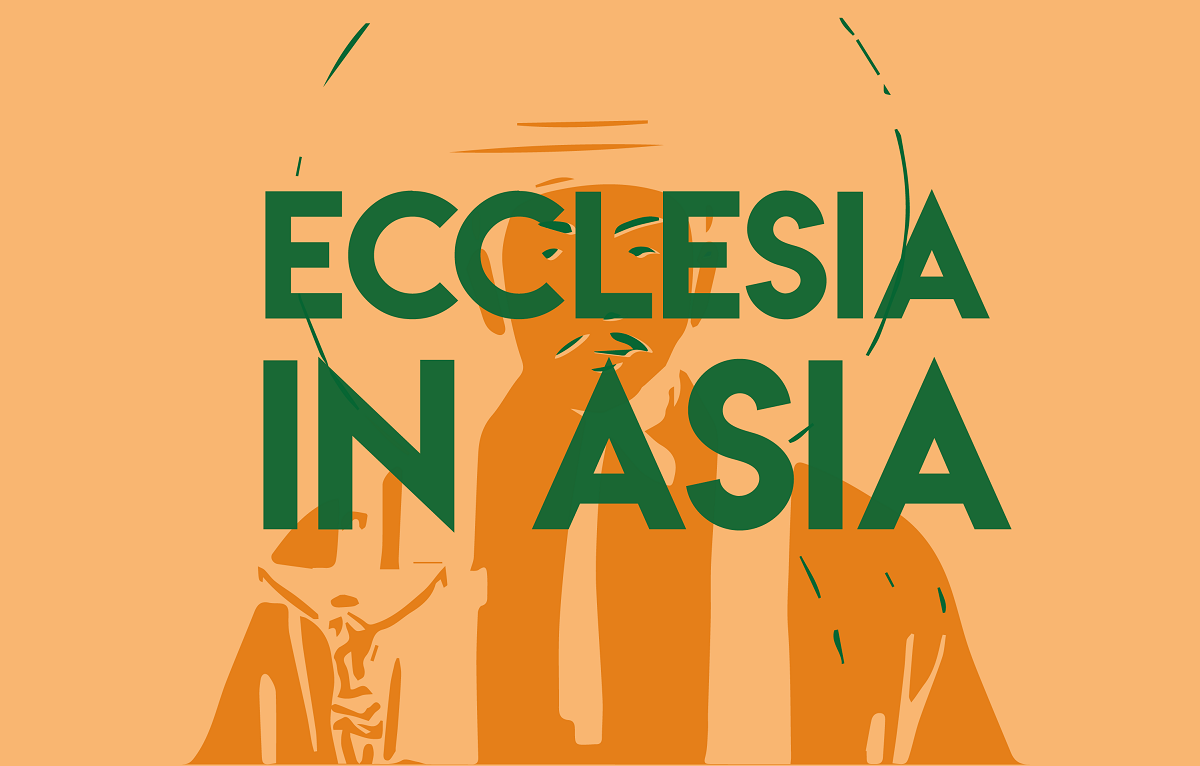Nepal’s human development index is up, thank to migrants
According to the report, Nepal’s HDI rose by 2.16 percent annually—from 0.309 to 0.553—between 1980 and 2007. Yet it still ranked 144th place out of 182 countries on the HDI list. Thus, the jump on the HID may not indicate any real improvement.
“It may not be pure coincidence that while Nepal has enjoyed the fastest annualized HDI growth since 1980, remittances in that period have grown from less than US$ 150 million to approximately US$ 2.5 billion,” said Robert Piper, Resident Representative of UNDP for Nepal.
Nepal did make strides in school enrolment and health care over the past few decades with gross school enrolment and life expectancy improving, said Yubaraj Khatiwada, deputy chair of the National Planning Commission (NPC).
Remittances have played a key role in reducing poverty and employing growing workforce of the country. According to the Non-residential Nepalese Association (NRN), remittances by the almost seven millions Nepalis working abroad, in particular in Qatar, Saudi Arabia and Malaysia, represent 40 per cent of the government’s annual budget.
However, this year the global economic crisis has reduced the number of Nepalis leaving because of fewer job opportunities abroad.
The UNDP hopes this will change as soon as possible and has called on Nepal and host countries to promote policies that remove legal, financial and social barriers to mobility.
Since Nepal cannot employ all its workers, emigration is a godsend for the country, especially for women who account for about half of all migrants. For them, employment abroad is easier to obtain than at home.
Hence, the UNDP report calls for greater concern and protection for women who are at risk of exploitation and discrimination, which are commonplace in host countries.
29/01/2016 20:31
11/08/2017 20:05






.png)










